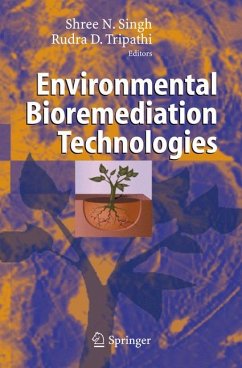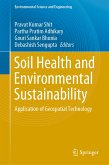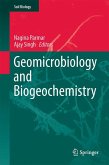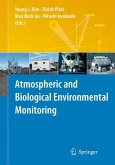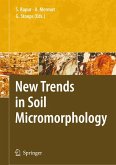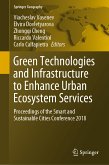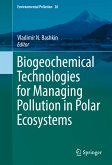Bioremediation is an eco-friendly, cost-effective and natural technology targeted to remove heavy metals, radionuclides, xenobiotic compounds, organic waste, pesticides etc. from contaminated sites or industrial discharges through biological means. Since this technology is used in in-situ conditions, it does not physically disturb the site unlike conventional methods i.e. chemical or mechanical methods.
Dieser Download kann aus rechtlichen Gründen nur mit Rechnungsadresse in A, B, BG, CY, CZ, D, DK, EW, E, FIN, F, GR, HR, H, IRL, I, LT, L, LR, M, NL, PL, P, R, S, SLO, SK ausgeliefert werden.

